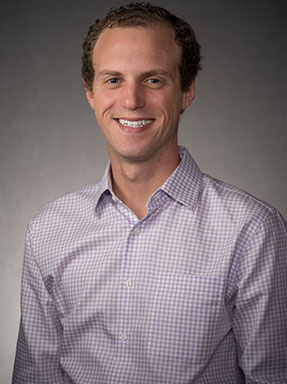Descended from indigenous communities, restorative practices provide a way to repair and rebuild relationships by focusing on dialogue, respect and communal trust. And as Anyon’s primary area of research, the methods are one answer to the inequities in school discipline.
Statistics show that black students are more likely to receive harsher punishments than their peers for comparable infractions. And while white and Asian students are reprimanded for more cut-and-dry violations — like truancy, smoking or drinking — when it comes to “subjective” offenses, like rude behavior, black students are punished more frequently and more severely.
For the last seven years, Anyon has partnered with Denver Public Schools to reverse those trends. The data she collects has informed the way DPS trains its faculty and staff, teaching them to look at students with challenging behavior from a different perspective.
A perceived troublemaker’s head may lie on the desk, for example, not because of disinterest, but because of the exhaustion that results from watching a sibling late into the night, while a parent worked an additional job.
“You start to make the story a little more complicated and who the victim is and who the offender is starts to get a little bit blurrier,” Anyon says. “The focus on the harm to the community and the idea that multiple people are responsible at least gives people the opportunity to talk about these issues in a different way. Restorative practices gives space to address that.”
To this point, her work has centered on alternatives for out-of-school suspensions. An initial grant allowed 12 DPS schools to begin experimenting with school-wide restorative practices, while a grant from the Barton Institute for Philanthropy and Social Enterprise funded an additional three.
According to the Barton Institute, this approach is getting results: In the 15 schools applying restorative practices, out-of-school suspensions have decreased 45 percent — a figure that dropped more dramatically for black students and students with disabilities.
Now, Anyon is turning her attention to the effectiveness of in-school suspensions in search of similar outcomes.
The solution may lie around Alison Meier’s patterned, circular rug. The DPS restorative practices district coordinator is seated on the edge, leading a training session. She looks up from the battery-powered candle flickering in the center and rings a chime, bringing this “circle” to order.
Joining Meier are educators from DPS and beyond. This simulation is an experiential class demonstrating the trust- and relationship-building that Anyon’s work has shown to be effective. Each facilitator has an individual iteration of the exercise. Some teachers begin and/or end each lesson with a brief discussion. Others engage their students with lengthier, in-depth conversation during class periods. But regardless of the details, Meier says, circles like these have emerged as a way to check in with students and resolve conflict or prevent future escalation in an inclusive and respectful manner.
“When restorative practices are implemented well, they shouldn’t just make school a place where students feel safe and welcome and included,” Meier says. “They should also be a place where families feel that way and staff feels that way. If we do this right, it will actually make all the stakeholders in a building feel like they are part of the community.”
In her circle, Meier fosters that community through consensual ground rules. The agreed-upon guidelines create the atmosphere in which participants can comfortably divulge their moods, share stories about their successes, reflect upon their struggles and honor those who have influenced them. A bevy of activities including dialogue, games and artistic projects sow an easygoing ambiance.
The exercises allow those who partake (this is merely an opportunity to participate, Meier stresses, not a requirement) to touch, talk, listen, write, read and connect with their peers.
“Talking pieces” dot the center rug, contributions from each member to share a meaningful personal object while establishing the order of conversation.


















